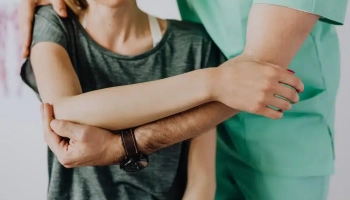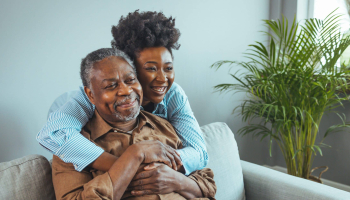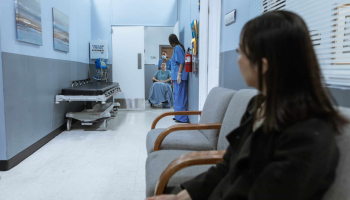
Getting out of bed. It seems like an easy task. All you have to do is lower one leg on the floor followed by the other and voila, you are out of bed. For hospital residents and seniors in adult homes, it is however not easy. In fact, it is dangerous and at most times fatal. Demented patients are at even a high risk since they might not pay attention to where they are going.
To reduce these falls and fatalities related to patients wandering away from their residential beds, there are bed alarms for elderly that have been on the rise in many hospitals and elderly care homes. Expensive and quite technical in installation as well as learning to use them, there has been a lot of criticism on their use since there is no clinical evidence to show their efficacy.
A study published by NCBI on Bed-exit alarm effectiveness found out that though bed exit alarms are effective in alerting the caregiver when a patient exits their bed, they are not 100% workable as they may give false alarms.
In the study, both pressure sensitive sensors placed on the mattress pad as well as dual sensor systems were used but they still gave false alarms and therefore caregivers would be alerted that the patient was rising from the bed while they were only turning and tossing.
The study which involved 14 resident patients at a caregiving home in Philadelphia was conducted for 256 nights and it was found out that the dual sensor system (one containing a pressure sensitive pad as well as infrared beam detector) was way better than the pressure sensitive mattress pad alone. It was however not without fault as it also gave nuisance alarms. Once a caregiver finds out that the system does give false alarms, they might ignore them and find out that they have actually even ignored real alarms when the patient gets up and falls while trying to get out of bed.
One of the study recommendations was that there needs to be closer observation of patients by the staff and caregivers taking care of people at high risk of bed falls such as demented people. Rather than depend on the bed alarms wholly, the caregivers can closely monitor patients and also pay regular visits just to see how they are sleeping, whether they need anything and respond immediately lest the patient gets agitated and wants to wander away or ambulate on their own.
Ron Shorr, a professor at the University of Florida also went on to discredit the hype of the merits of bed alarms in preventing falls in patients as they get out of bed. Here is a youtube video on the same:
Recommendations on Preventing Bed Falls
Other recommendations from Ausmed include:
- Having a report on the patient fall-risk status so that they are closely monitored when getting out of the bed
- Inspecting patient’s footwear soles so as to see whether they are anti-skid to prevent falls
- Making sure that the patient movables such as canes and clutches are next to the bed so that they can easily reach out and grab them.
- Not leaving high risk patients unattended
- Making sure that the floor is dry.
- Patient should wear a fall risk label that shows they are at risk of falls so that staff can pay more attention to them and observe their wanderings
- Making sure that the bed casters are in locked position
- Installing safety bed rails for adults on the patient bed
- Keeping the room clutter free
- The bedroom should be located near the bathroom for easy access.
- Reviewing medication that might affect the patient’s balance.
- Communicating to the patient that they need to call you whenever they need anything.








